You might be wondering, how big is 1 centimeter in real life? It’s a small measurement, but understanding its actual size can make a big difference when planning, crafting, or even making quick estimates without a ruler.
The easiest way to grasp this tiny length is by comparing it to familiar, everyday objects that you see and use all the time.
How Big Is 1 Centimeter?
A 1 centimeter measurement might seem small, but it’s a unit you encounter more often than you realize. It equals 10 millimeters or about 0.39 inches, which is less than half the width of your thumb. Imagine the diameter of a pencil eraser or the width of your pinky nail – both are close to 1 cm. These everyday objects make it easier to visualize this tiny scale.
In the metric system, 1 cm is part of a simple structure where 100 centimeters make 1 meter. Because of this easy conversion, centimeters are widely used worldwide for precise, small measurements in daily life, from measuring fabric to checking the size of gadgets or accessories.
How Many Centimeters For 1 Inch?
If you’re familiar with inches, you might wonder how many centimeters fit into one inch. The answer is 1 inch equals exactly 2.54 centimeters. That means 1 cm is a little less than half an inch. To picture this, think of stacking two pencil erasers side by side – together, they’re roughly an inch.
This conversion is particularly handy when shopping internationally or working on DIY projects where tools or parts are labeled in different units. Knowing that 2.54 cm equals 1 inch can help you switch between metric and imperial measurements quickly without confusion.
Common Objects That Are 1 Centimeter Long
Here is a quick and handy table comparing 13 familiar items that are close to 1 cm in size. These everyday examples make it easy to visualize this small yet significant length.
| 📦 Item | 📏 Actual Measurement | ⚙️ Configuration / Notes |
|---|---|---|
| 📌 Head of a Thumbtack | 1 cm diameter | Round flat top |
| 📎 Width of a Paperclip | 1 cm wide | Side-to-side width |
| 👟 Shoelace Tip (Aglet) | 1 cm long | End-to-end |
| 🪮 Tooth of a Comb | 1 cm apart | Tooth spacing |
| 📿 Small Bead | 1 cm | Diameter/length |
| ✏ Pencil Barrel | 1 cm thick | Across diameter |
| 👔 Shirt Button | 1 cm across | Diameter |
| 🖐 Pinky Nail Base | 1 cm wide | Horizontal width |
| 🔌 iPhone Charger Plug | 1 cm | Plug width |
| 🗝 House Key Head | 1 cm | Narrow section |
| 📱 SIM Card Height | 1 cm | Short side |
| 🍬 Tic Tac Candy | 1 cm | Candy length |
| 💾 SD Card Thickness | 1 cm | Card edge thickness |
Head of a Thumbtack
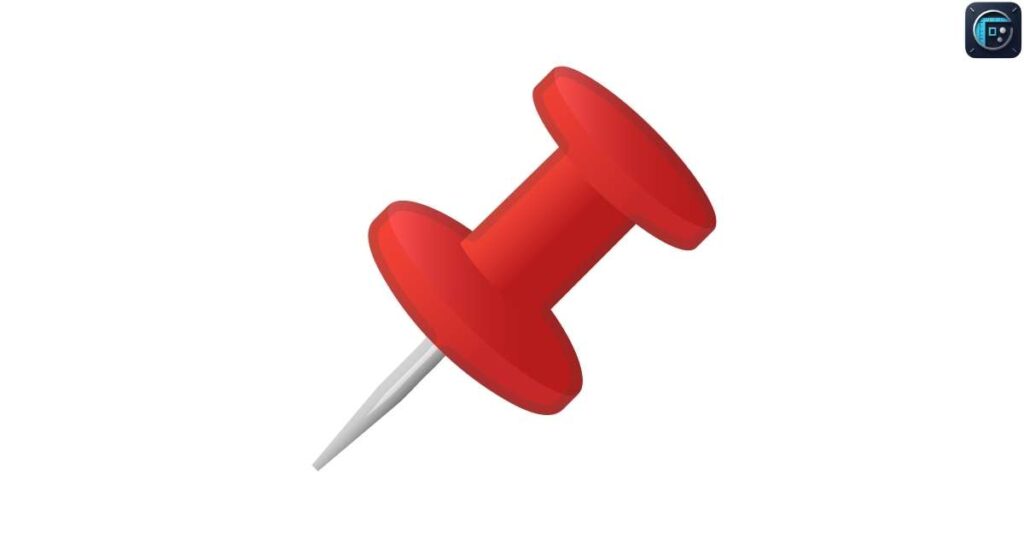
The head of a standard thumbtack measures close to 1 cm across, making it a perfect visual reference for this small dimension. Its compact and round shape offers an easy way to understand how short this measurement really is without needing a ruler.
Thumbtacks are used every day to pin papers, photos, or notes onto corkboards. Knowing that their head is roughly a centimeter wide can help when designing layouts or arranging items in tight spaces where small increments matter.
Interestingly, the design of thumbtacks hasn’t changed much since they were first produced in the late 19th century. Their consistent size makes them not only practical but also an accidental yet reliable measuring tool for visualizing tiny lengths.
Width of a Paperclip
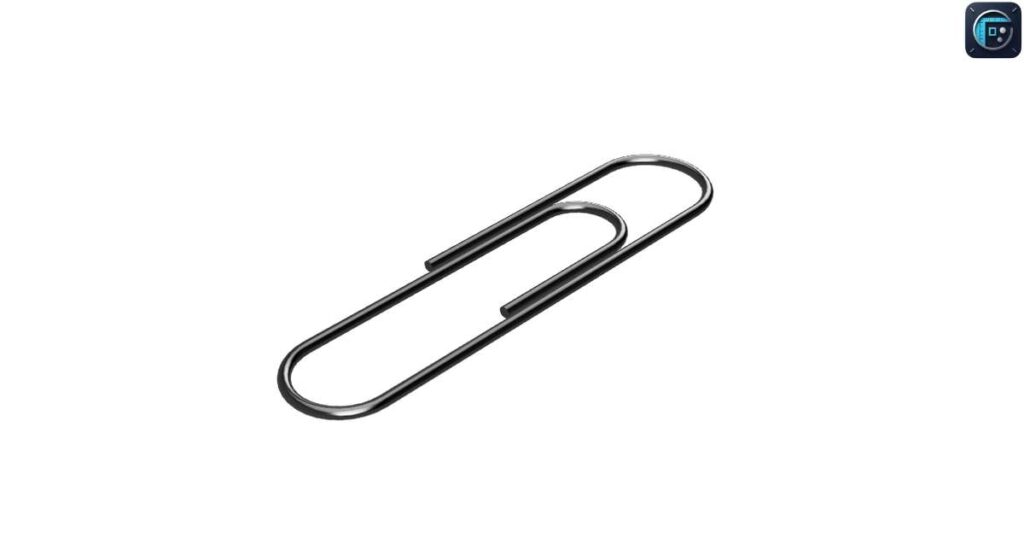
A standard small paperclip is usually around 1 cm wide, making it an easy reference point when imagining this compact length. Its slim shape and consistent design allow you to quickly picture this tiny distance without needing a ruler.
Paperclips are essential in offices, classrooms, and homes for organizing small stacks of paper. When you consider their width, it becomes easier to plan spacing for stationery storage or estimate the thickness of small stacks of documents.
The paperclip design has remained largely unchanged since the late 1800s, symbolizing efficiency and simplicity. Its width being close to a centimeter has also made it a common go-to tool for quick, informal measurements when precision isn’t critical.
Shoelace Tip

The plastic or metal tip of a shoelace, known as an aglet, is usually around 1 cm in length. This tiny component not only keeps the shoelace from fraying but also serves as a handy reference for visualizing such a small unit of measurement.
Shoelace tips play a crucial role in making laces easier to thread through eyelets, whether on sneakers, dress shoes, or boots. Understanding their size can be useful in crafts, fashion design, or when replacing damaged tips with precise fittings.
Historically, eaglets have been around for centuries, dating back to ancient Roman footwear. Their standard size, which hovers close to a centimeter, has remained practical and functional, ensuring both durability and ease of use in daily wear.
Also Read <<>> How Big Is 20 Centimeters: Compare With Common Objects
Tooth of a Comb
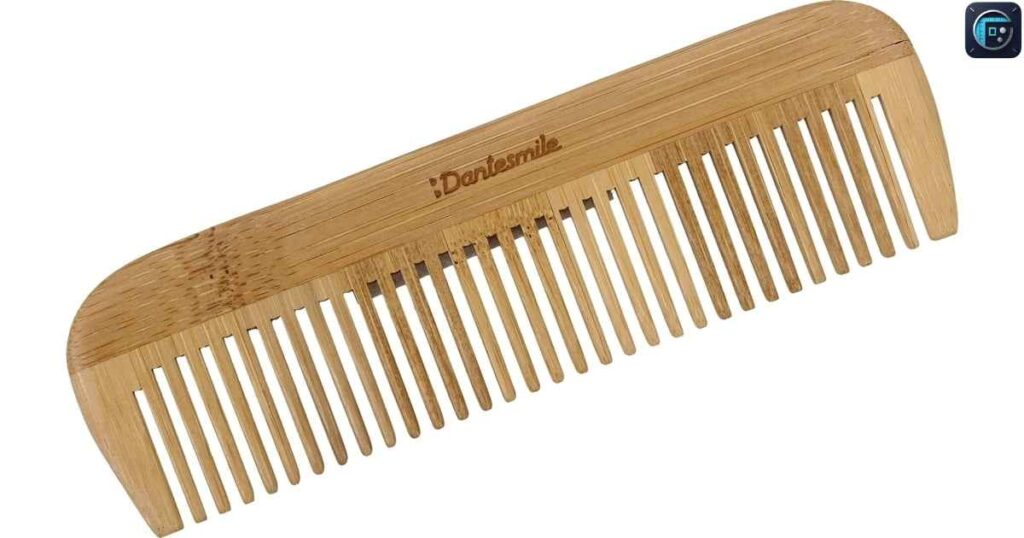
The tooth of a standard comb is typically spaced or sized close to 1 cm in width or length, making it an ideal visual guide for understanding such a small distance. Whether you’re looking at a fine-toothed comb or a wider one, many designs follow this approximate spacing to ensure efficient detangling and styling.
Combs are everyday essentials, used for grooming hair, creating neat hairstyles, or even for sectioning during haircuts. Knowing the spacing of comb teeth can be helpful in selecting the right tool, especially in hairdressing or pet grooming, where precision affects results.
Combs have been around for thousands of years, with some ancient versions carved from wood or bone. The consistent, compact spacing-often around a centimeter-has stayed practical through history, offering both functionality and comfort for various hair types.
Length of a Bead
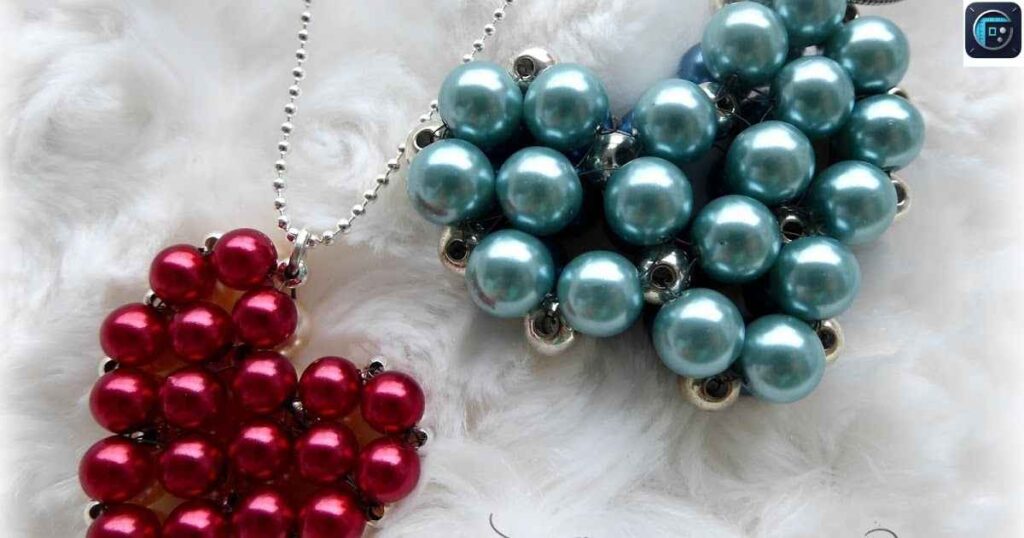
A small craft bead, often used in jewelry-making, is commonly about 1 cm in diameter or length, making it a simple reference for visualizing this compact unit of measurement. The round shape of most beads helps people imagine just how tiny a single centimeter is in real life.
Beads are widely used for necklaces, bracelets, and decorative embroidery, where precision in size is crucial for creating balanced and symmetrical designs. Knowing that many standard beads measure close to this length helps crafters plan patterns, count rows, and maintain even spacing.
Historically, beads have been used for centuries as currency, art, and cultural symbols, with their size influencing their aesthetic appeal. A 1 cm bead is small enough to create intricate designs yet large enough to be visible, which is why this size has remained popular in both modern and traditional crafts.
Pencil Width
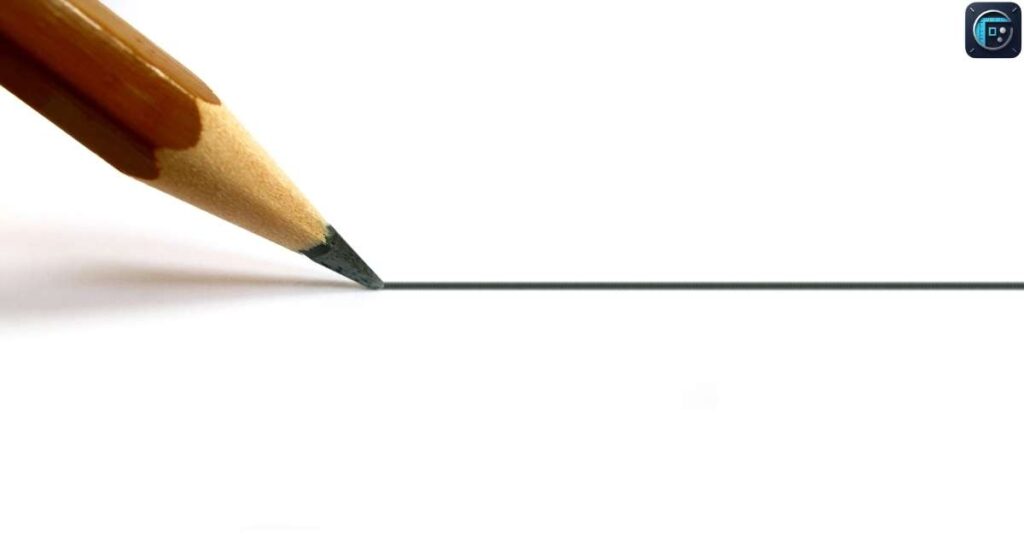
The width of a standard wooden pencil is often close to 1 cm, making it an easy and relatable way to imagine this short measurement. When you hold a classic No. 2 pencil, its rounded barrel provides a perfect example of just how compact a single centimeter really is.
Pencils are widely used in classrooms, offices, and art studios, where their uniform shape and size help maintain a comfortable grip. Understanding that the width of a pencil is roughly this length can also be useful in design work, such as creating pencil holders or measuring narrow slots for stationery storage.
Interestingly, the pencil’s dimensions have remained almost unchanged since mass production began in the 19th century. Its consistent thickness-hovering around a centimeter-strikes a balance between durability and ease of sharpening, which is why this design standard continues to thrive today.
Shirt Button
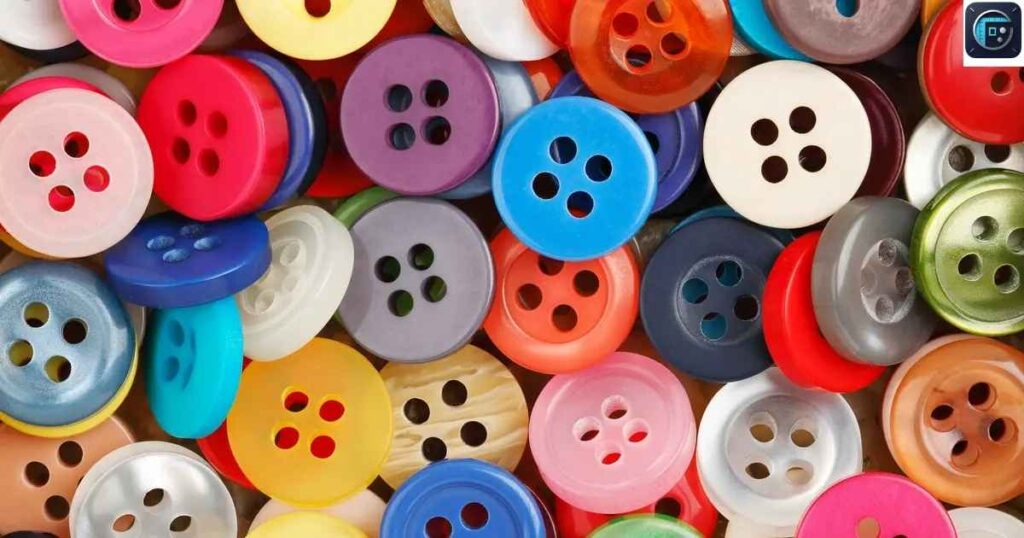
A small shirt button, especially the ones found on dress shirts or blouses, often measures close to 1 cm in diameter. This makes it a convenient object to visualize such a short distance, as most people handle buttons daily without realizing their precise size.
Shirt buttons are not just functional; they also add to the aesthetic of clothing. Knowing their diameter can be useful when replacing or sewing buttons, ensuring they fit correctly through buttonholes and maintain the garment’s original look.
Historically, buttons have been used for centuries as both fasteners and decorative elements. The standardization of small button sizes, often hovering around a centimeter, reflects a balance of durability and ease of use, making them both practical and timeless in the fashion industry.
Pinky Fingernail Base

The base of a pinky fingernail is often close to 1 cm in width, making it an excellent reference for understanding such a tiny measurement. If you look at your own pinky nail, its narrow size offers a simple, natural way to visualize this short distance.
In everyday life, fingernail size plays a role in personal grooming, nail art, and even fitting accessories like rings or protective gloves. Recognizing that the pinky nail base is roughly this width can help with tasks like trimming nails evenly or applying detailed designs.
Culturally and historically, fingernails have symbolized beauty, hygiene, and even status in some societies. The smallest nail, being around a centimeter wide, often receives careful attention in manicures, highlighting how even the tiniest dimensions matter in aesthetics and self-care.
iPhone Charger Plug Width
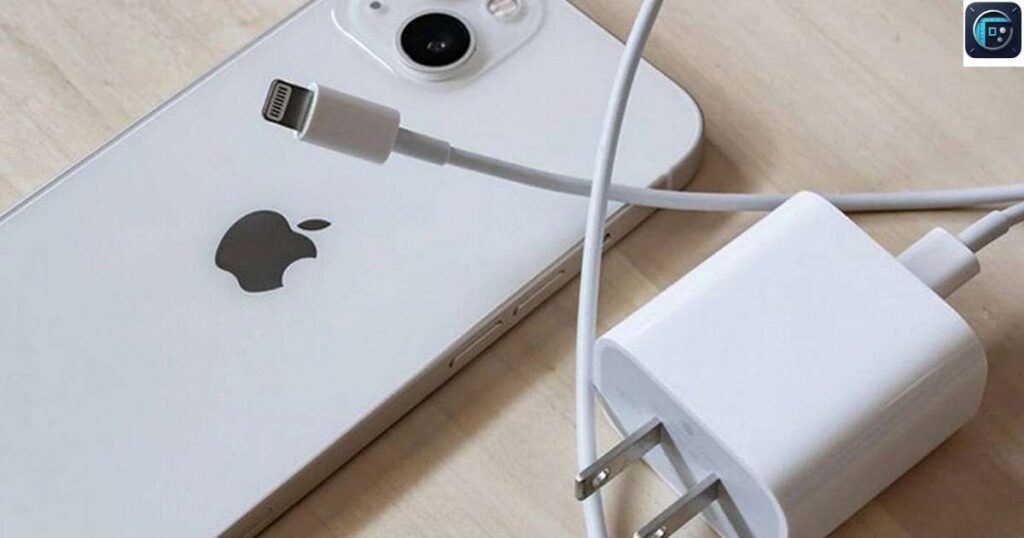
The width of the standard iPhone charger plug, specifically the USB end, is roughly 1 cm, making it a handy everyday object to imagine this compact distance. Most people interact with this charger daily, which makes it an easy size reference.
Chargers are designed with universal ports in mind, so their size and shape ensure compatibility with various devices and adapters. Knowing that the width of the plug is close to a centimeter can help when fitting it through tight charging stations or arranging tech accessories.
Over the years, Apple has refined its charger design to balance durability and portability. The consistent, compact width of about a centimeter reflects not just functionality but also Apple’s minimalistic approach to tech aesthetics, prioritizing convenience without bulk.
House Key Head

The head of a standard house key is usually around 1 cm across, especially near the narrower part where it connects to the blade. When you hold a key between your fingers, the compact shape gives you a quick visual idea of this small measurement.
Keys are everyday essentials, and their design relies on precision. The width of the key head is just large enough to grip comfortably while still being slim enough to fit easily on keyrings or inside pockets. Knowing its size helps when choosing key holders or organizing compact storage spaces.
Historically, key designs have evolved to balance security and convenience. The 1 cm width of modern key heads reflects centuries of refinement, where both durability and practicality are prioritized for daily use, from securing doors to symbolizing trust and ownership.
SIM Card Height
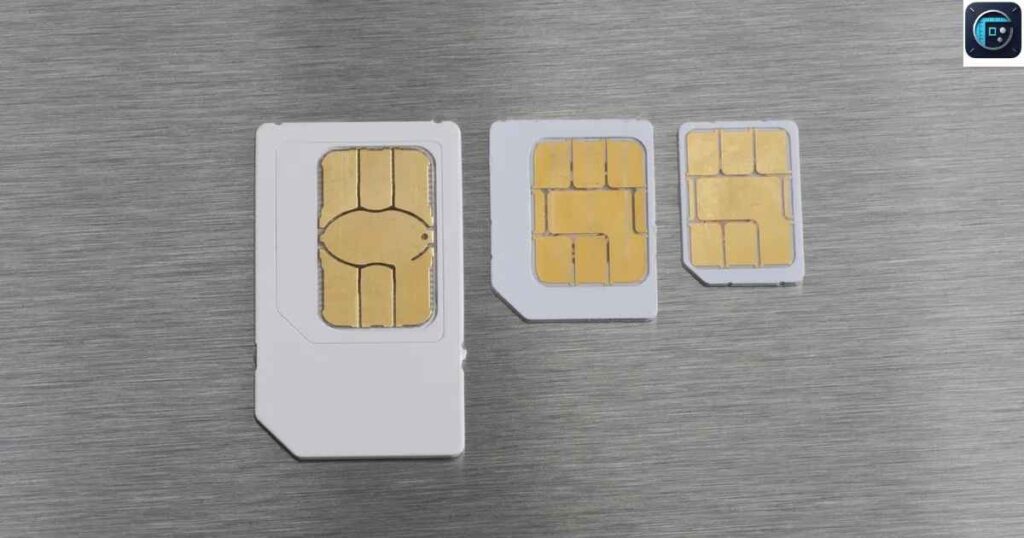
The height of a standard SIM card is very close to 1 cm, making it an excellent reference for visualizing this small measurement. When you hold a SIM card between your fingers, the short side provides a clear and practical example of this minimal distance.
SIM cards are essential for connecting phones to mobile networks, and their compact design is intentional. The small height ensures they fit securely within slim devices, from smartphones to tablets, without taking up unnecessary space. This size is especially handy for modern technology where every millimeter counts.
The evolution of SIM cards-from standard to micro and nano formats-has been driven by the need for smaller, more efficient components. The consistent height of around a centimeter symbolizes the push for miniaturization in tech, allowing manufacturers to create thinner, sleeker devices while maintaining full functionality.
Tic Tac Candy Length
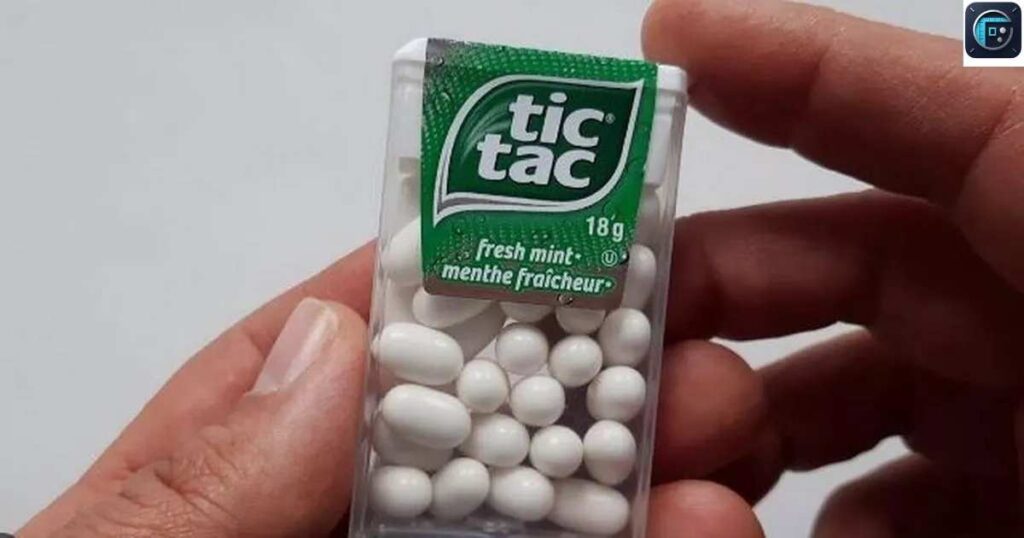
A single Tic Tac candy is roughly 1 cm in length, making it a perfect everyday object to visualize this short distance. Its small, oval shape offers a clear comparison when trying to understand just how compact this measurement truly is.
Tic Tacs are widely known as quick breath fresheners, packaged in tiny, portable containers. Their miniature size allows people to enjoy a quick, subtle refreshment without the bulk of larger mints. The 1 cm length also makes them easy to carry around or consume discreetly in social situations.
Interestingly, Tic Tics have remained almost the same size since their introduction in the 1960s. The choice of a candy this small wasn’t random; it was designed for controlled portions and convenience. Their consistent size also reflects a focus on branding-being recognizable and practical in every pack.
SD Memory Card Thickness
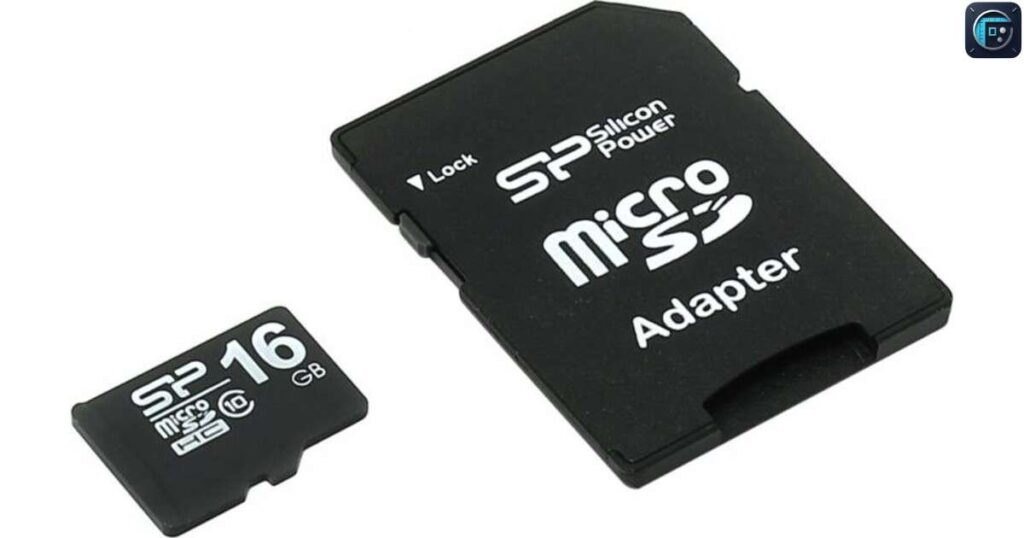
The thickness of a standard SD memory card is close to 1 cm, making it an easy object to use when visualizing this short measurement. Its slim profile, combined with a flat rectangular design, provides a clear sense of how compact 1 cm can be.
In everyday use, SD cards store digital data for cameras, laptops, and gaming consoles. Their thin structure is crucial for fitting into small slots while still offering significant storage capacity, which ranges from a few gigabytes to several terabytes in modern versions.
From a design perspective, the consistent thickness of SD cards is part of an international standard established for compatibility. Since their debut in the late 1990s, their slim shape has allowed manufacturers to build more compact and portable devices, shaping how we interact with modern digital technology.
Tips for Accurate Measurement
Using the right tool is the first step to getting an accurate measurement. A good quality ruler, tape measure, or caliper ensures precision, especially when dealing with objects that are 1 cm long. Always check that the measuring tool is placed flat and aligned correctly with the object to avoid errors.
Lighting and positioning also matter when measuring. Take measurements at eye level to avoid parallax errors and double-check your reading. For critical tasks like crafting, construction, or tailoring, measuring twice before marking or cutting can save time and prevent mistakes.
Convert 1 Centimeter to Other Measurements
Understanding how 1 cm translates into different units of length can make it easier to visualize or apply in real-life situations. Below is a quick conversion chart for 1 cm into commonly used measurement units:
| Unit | Equivalent of 1 cm |
| Millimeters | 10 mm |
| Meters | 0.01 m |
| Inches | 0.3937 inches |
| Feet | 0.0328 feet |
| Yards | 0.0109 yards |
| Micrometers | 10,000 µm |
| Nanometers | 10,000,000 nm |
| Kilometers | 0.00001 km |
Frequently Asked Questions About 1 CM Long
1. What does a 1 centimeter look like?
It’s about the width of a pencil eraser or your pinky nail – a very small but noticeable length.
2. What size is 1 cm?
One centimeter equals 10 millimeters or 0.39 inches, slightly less than half an inch.
3. How much is 1 cm?
It’s a metric unit of length equal to one-hundredth of a meter.
4. How to check 1 cm?
Use a ruler with centimeter markings, or compare it to a small object like a button.
5. How long is 1 cm in actual size?
In real life, 1 cm is roughly the thickness of a standard pencil or a small coin’s edge.
Conclusion
Understanding a small measurement like 1 centimeter becomes easier when we compare it to familiar objects we see every day. From a pencil width to the head of a thumbtack, these examples help create a clear mental image of its true size. This simple approach removes confusion and makes measurements feel practical rather than abstract.
By breaking it down into real-world comparisons, the article provided clarity and helped answer common questions about how small this length really is. Knowing these visual references is useful for planning, crafting, or simply estimating objects around you with confidence.


